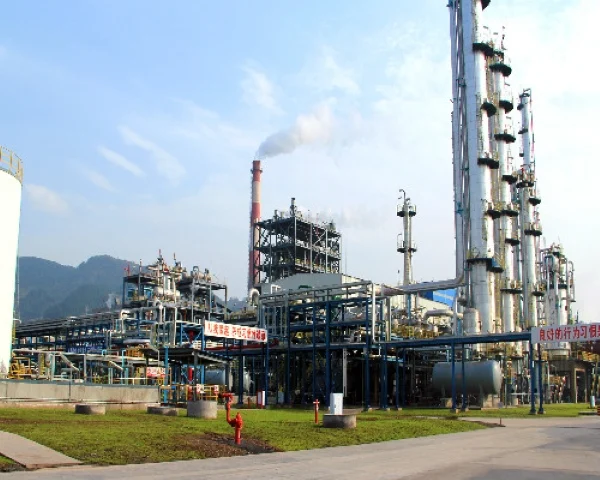
Introduction
The Light oil cracking process for Sodium cyanide production has long been one of the primary methods in China, accounting for over 60% of the total production capacity of Sodium Cyanide in the country. In recent years, with the Chinese government's intensified efforts in the safety production of hazardous chemicals and environmental supervision, significant improvements have been witnessed in both the scale of production facilities and the environmental friendliness of this production process.
Advancements in Production Scale and Environmental Friendliness
Larger - Scale Production Facilities
The production scale of the light oil cracking process has been expanding. Larger - scale plants are being constructed, which not only increases production efficiency but also allows for better management of resources. These large - scale installations are designed with advanced engineering concepts, ensuring a more stable and continuous production process. For example, modern plants have optimized reaction chambers that can handle larger volumes of light oil and reactants, leading to higher yields of sodium cyanide.
Enhanced Environmental Friendliness
Reduction of "Three Wastes"
With the adoption of advanced technologies and equipment, the amount of "three wastes" (waste gas, waste water, and solid waste) generated during the production process has been significantly reduced. New - generation cracking reactors are equipped with improved gas - purification systems. These systems can effectively remove harmful gases such as hydrogen cyanide and nitrogen oxides from the exhaust gas, reducing air pollution. In terms of waste water treatment, advanced filtration and chemical treatment methods are employed. Waste water from the production process is treated to meet strict environmental standards before being discharged, minimizing the impact on water resources. Regarding solid waste, new processes have been developed to recycle or safely dispose of by - products, further reducing the environmental footprint.
Resource Conservation
Resource conservation has also become a key feature of the improved light oil cracking process. Advanced heat - recovery systems are installed in modern production plants. These systems can capture and reuse the heat generated during the cracking process, reducing the overall energy consumption. Additionally, more efficient catalysts are being used, which not only speed up the reaction rate but also improve the utilization rate of raw materials. As a result, less light oil and other reactants are needed to produce the same amount of sodium cyanide, achieving significant resource savings.
Impact of Stricter Regulations
The strengthening of safety and environmental regulations has been the main driving force behind these improvements. The Chinese government has issued a series of policies and standards to ensure the safe production of hazardous chemicals and to protect the environment. Production enterprises are required to invest in advanced technologies and equipment to meet these regulatory requirements. Failure to comply may result in severe penalties, including fines, production halts, or even business closures. Therefore, in order to maintain their competitiveness and long - term development, enterprises have actively embraced technological upgrades and process optimizations.
Conclusion
In conclusion, the light oil cracking process for Sodium cyanide production in China has undergone remarkable transformations in recent years. The improvements in production scale and environmental friendliness, along with resource conservation, are not only responses to regulatory pressures but also manifestations of the industry's pursuit of sustainable development. As technology continues to advance and regulatory requirements become more stringent, it is expected that this production process will continue to evolve, achieving even higher levels of safety, environmental protection, and resource utilization.
- Random Content
- Hot content
- Hot review content
- Flexible Customer and Supplier Relations Specialist (Location: Nigeria)
- Oxalic acid for mining 99.6%
- Expanded AN explosive
- High-strength Shock tube(VOD≧2000m/s)
- Cyanoacetic acid 99% Powder
- Manganese sulfate
- Phosphoric Acid 85% (Food grade)
- 1Discounted Sodium Cyanide (CAS: 143-33-9) for Mining - High Quality & Competitive Pricing
- 2China's New Regulations on Sodium Cyanide Exports and Guidance for International Buyers
- 3Sodium Cyanide 98% CAS 143-33-9 gold dressing agent Essential for Mining and Chemical Industries
- 4International Cyanide(Sodium cyanide) Management Code - Gold Mine Acceptance Standards
- 5China factory Sulfuric Acid 98%
- 6Anhydrous Oxalic acid 99.6% Industrial Grade
- 7Oxalic acid for mining 99.6%
- 1Sodium Cyanide 98% CAS 143-33-9 gold dressing agent Essential for Mining and Chemical Industries
- 2High Quality 99% Purity of Cyanuric chloride ISO 9001:2005 REACH Verified Producer
- 3Zinc chloride ZnCl2 for High Molecular Weight Polymers Initiator
- 4High Purity · Stable Performance · Higher Recovery — sodium cyanide for modern gold leaching
- 5High Quality Sodium Ferrocyanide / Sodium Hexacyanoferr
- 6Gold Ore Dressing Agent Safe Gold Extracting Agent Replace Sodium Cyanide
- 7Sodium Cyanide 98%+ CAS 143-33-9

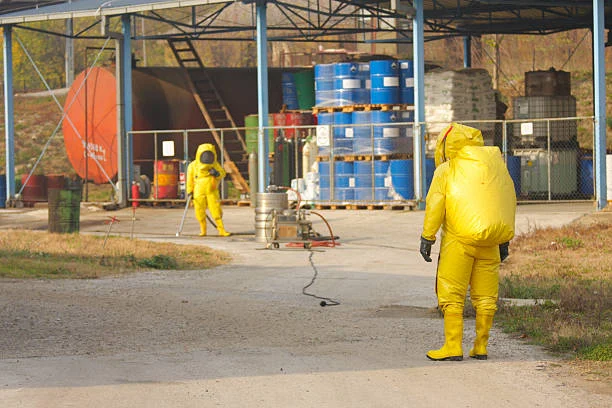



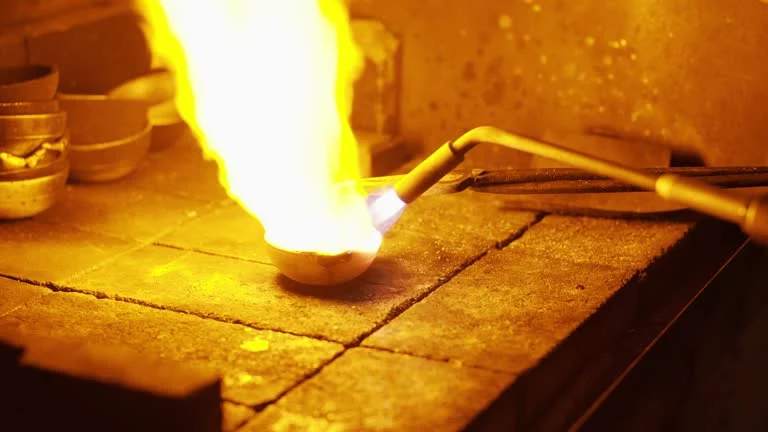
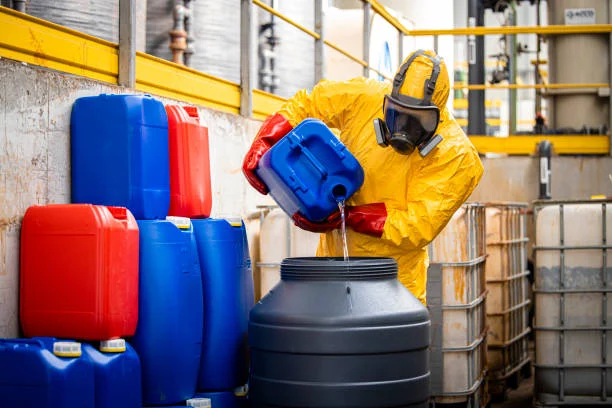
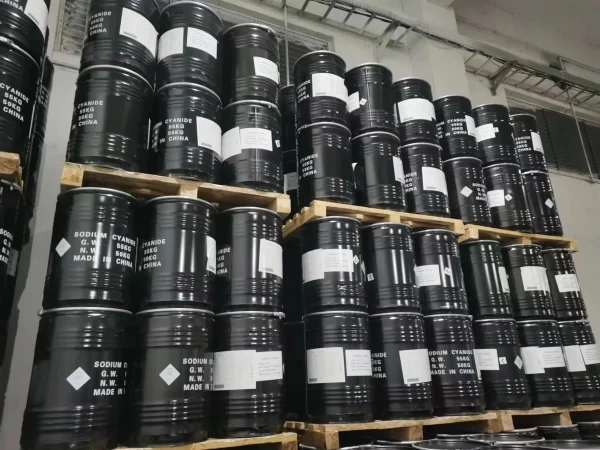



Online message consultation
Add comment: